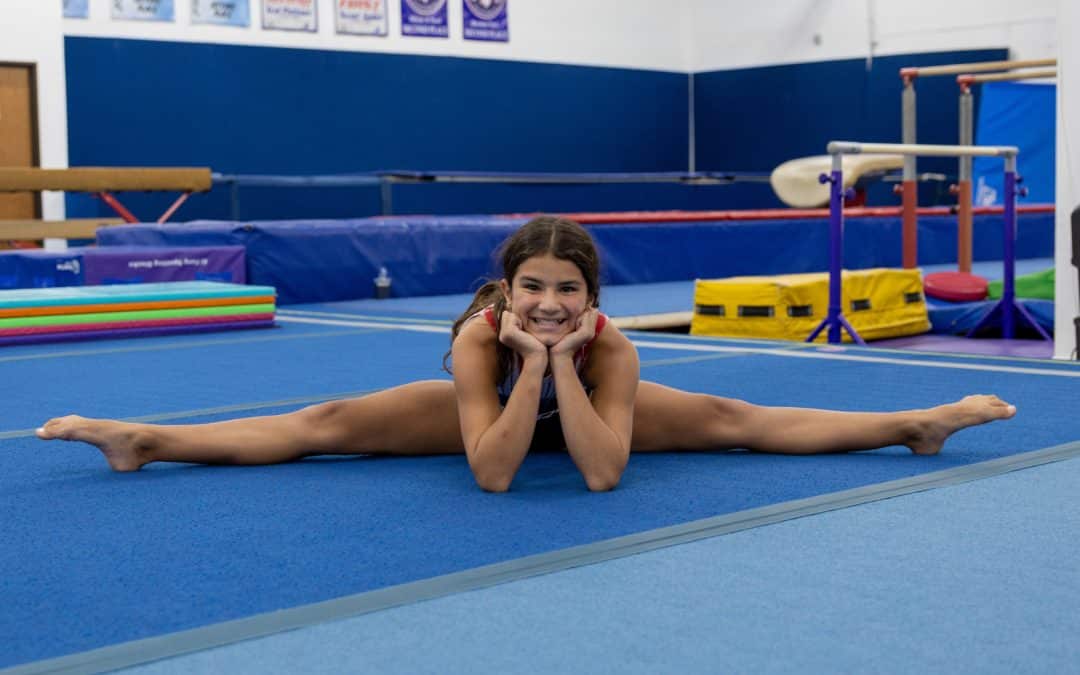
Protecting Young Athletes’ Hearts For a Stronger Game
As a nation, we celebrate our loved ones and cardiac health in February. Sports medicine physicians and athletic trainers are especially passionate about the heart health of young athletes. Shane M. Miller M.D., FAAP, sports medicine physician and the Section Director of Medical Sports Medicine at Scottish Rite for Children, shares key insights to keep young athletes in top shape.
“A well-rounded view of an athlete’s heart health and safety includes parents, administrators and coaches being aware of the signs and symptoms of cardiac emergencies,” says Dr. Miller. “Being prepared with a clear plan can significantly reduce the risk of catastrophic events.”
To protect a young athlete’s heart health, Dr. Miller shares key steps for families to create a plan.
REPORT signs, symptoms and any history of cardiac problems in young athletes at each preparticipation evaluation and when new problems develop. Some examples are chest pain, shortness of breath and passing out.
ASK your family members about a history of cardiac problems or sudden death in the family. Knowing your family’s medical history is a critical step to prevent sudden cardiac death in healthy young athletes.
PREPARE by learning the emergency plan for schools and sports venues. Know where to find the closest AED (automatic external defibrillator) and be sure it is accessible to all event participants, every time. We encourage anyone to seek CPR training and certification to be more knowledgeable and better prepared.
Dr. Miller advises parents to take athletes to their pediatrician for preparticipation evaluations. Although some schools and organizations do not require a release, seasonal checkups and discussions with the doctor can help to prevent many problems and address injuries before they become more serious. One in 300 youth has an undetected heart condition, and up to 72% percent of youth sudden cardiac arrest victims had at least one warning sign that was not recognized, according to Parent Heart Watch.
“Athletic trainers and youth sport coaches are the first line of defense in a crisis,” Dr. Miller says. “Readiness can save lives when seconds matter, and advocating for young athletes’ health ensures they have the support and protection they need to thrive on and off the field.
Having an emergency action plan can help parents, coaches and athletes respond to injuries in a timely manner. An emergency action plan is a comprehensive detailed written plan that prepares for medical, environmental and security emergencies. It is developed and coordinated with local EMS, venue officials, medical personnel and organization administrators.
Learn more about the importance of an emergency action plan.







